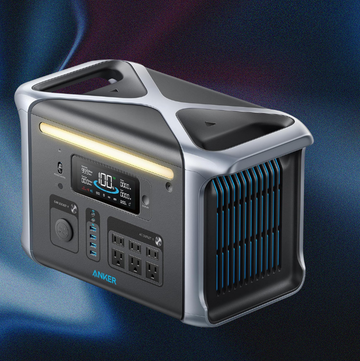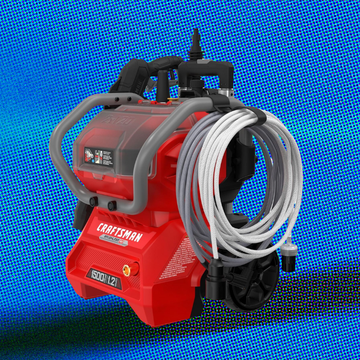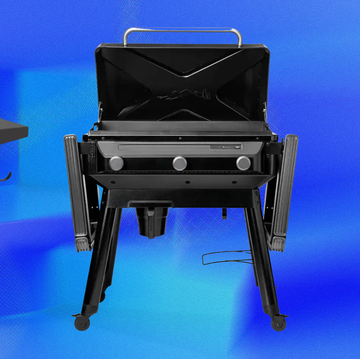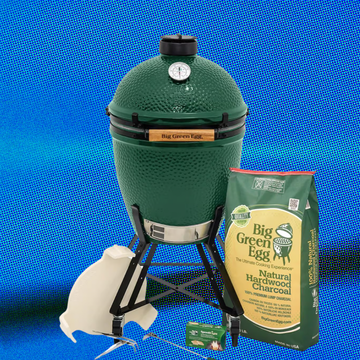4 Best Robot Lawn Mowers, Tested by Outdoor Pros
Maintain your yard without lifting a finger.

We've been independently researching and testing products for over 120 years. If you buy through our links, we may earn a commission. Learn more about our review process.
Robotic lawn mowers are starting to take over, and for good reason. These machines can mow your lawn on a schedule, stay within set boundaries without physical wires, and cut your grass without you lifting a finger. You and your moody teenager will love automating this part of household chores.
The current lineup of robot mowers is smarter, more efficient, and better suited for real yards with trees, toys, slopes and tough patches. Models like the Segway Navimow i110N and Husqvarna Automower 450XH EPOS even took home top honors in the Good Housekeeping 2025 Home Renovation Awards, proving that robotic mowing is no longer just a niche category. These winners stood out not just for their performance, but also for how thoughtfully they support smarter and more sustainable lawn care.
At the Good Housekeeping Institute, we’ve tested almost every lawn and garden tool you can think of. From traditional gas mowers to electric hedge trimmers, our experts evaluate outdoor products under real-world conditions. We look at usability, durability, safety and smart features to make sure our recommendations are worth your investment. When we say a robot mower can save you time and improve your yard, it’s because we’ve put it to the test and watched it do exactly that.
Timothy Dahl is an experienced writer and editor covering home improvement, DIY, and lifestyle topics for nearly 20 years. With a deep background in hands-on testing and reporting, he has reviewed and worked with hundreds of tools, products, and home innovations. Timothy's work has appeared in The New York Times, Wired, and Popular Mechanics, and he's the founder of Charles & Hudson. He specializes in making complex projects accessible and is passionate about empowering homeowners with clear, actionable guidance.
Having written thousands of product reviews and how-to articles on all aspects of home ownership, from routine maintenance to major renovations, Dan (he/him) brings more than 20 years of industry experience to his role as the director of the Home Improvement & Outdoor Lab at the Good Housekeeping Institute. A one-time roofer and a serial remodeler, Dan can often be found keeping house at his restored Brooklyn brownstone, where he lives with his wife and kids.

The Best Memorial Day Patio Furniture Deals

The Best Solar-Powered Generators

Shop Memorial Day Walmart Patio Furniture Sales

The Best Pressure Washers
















